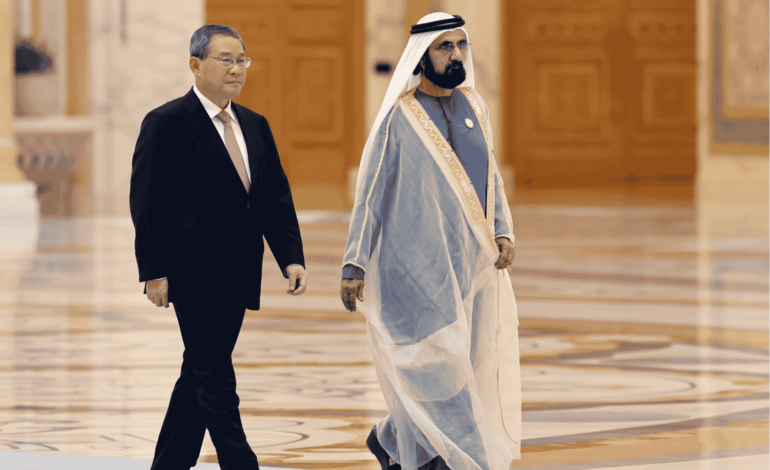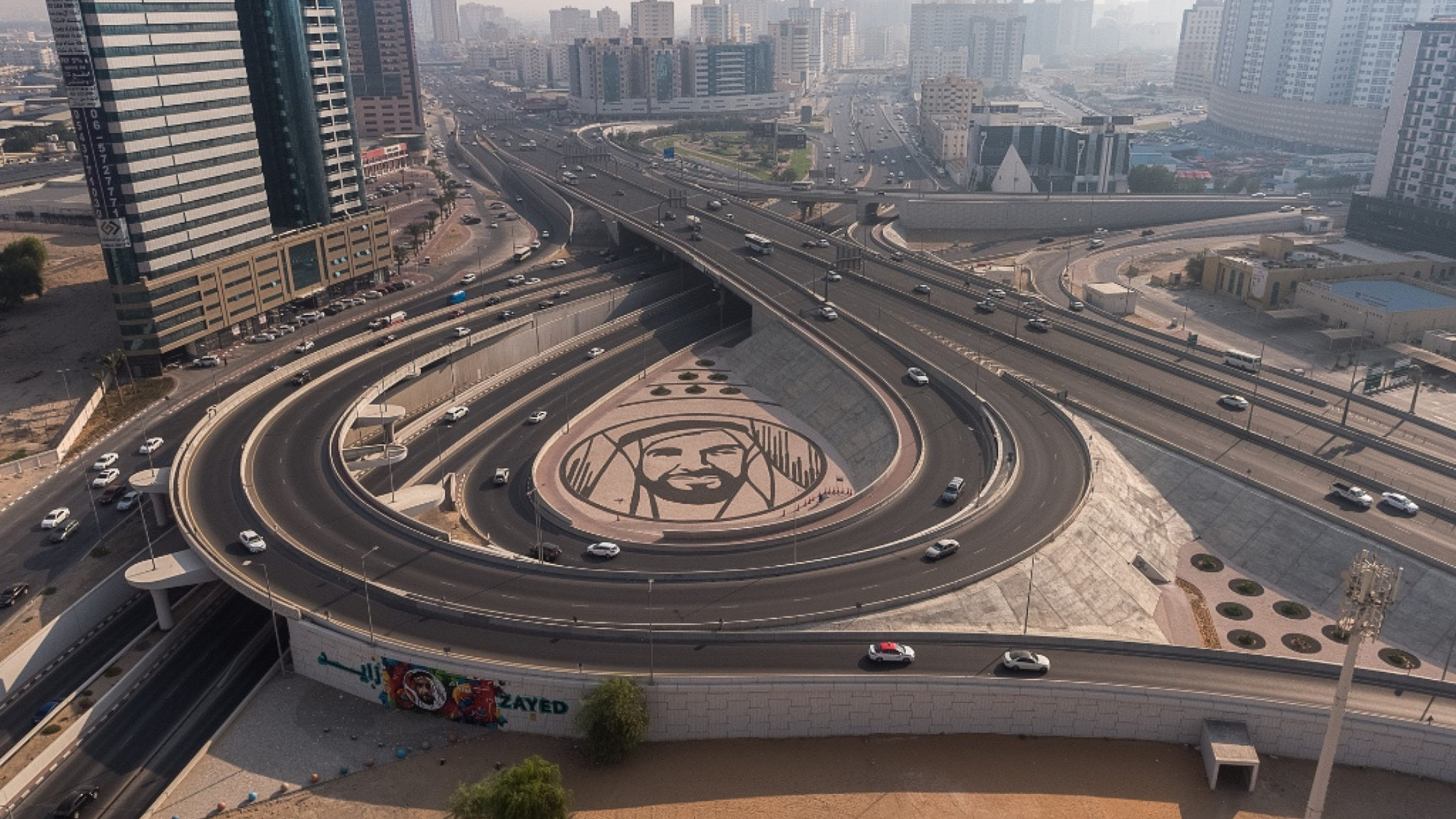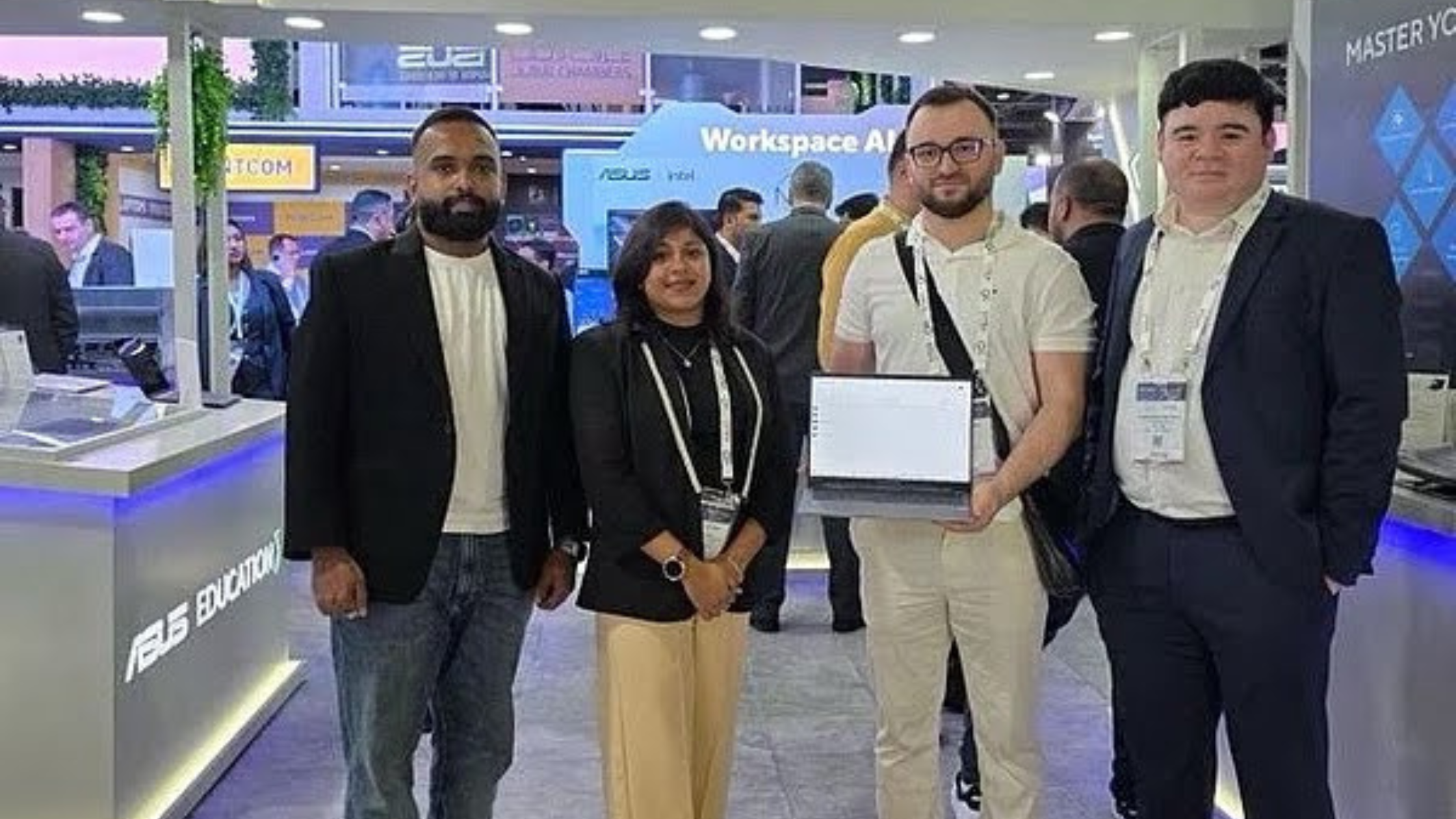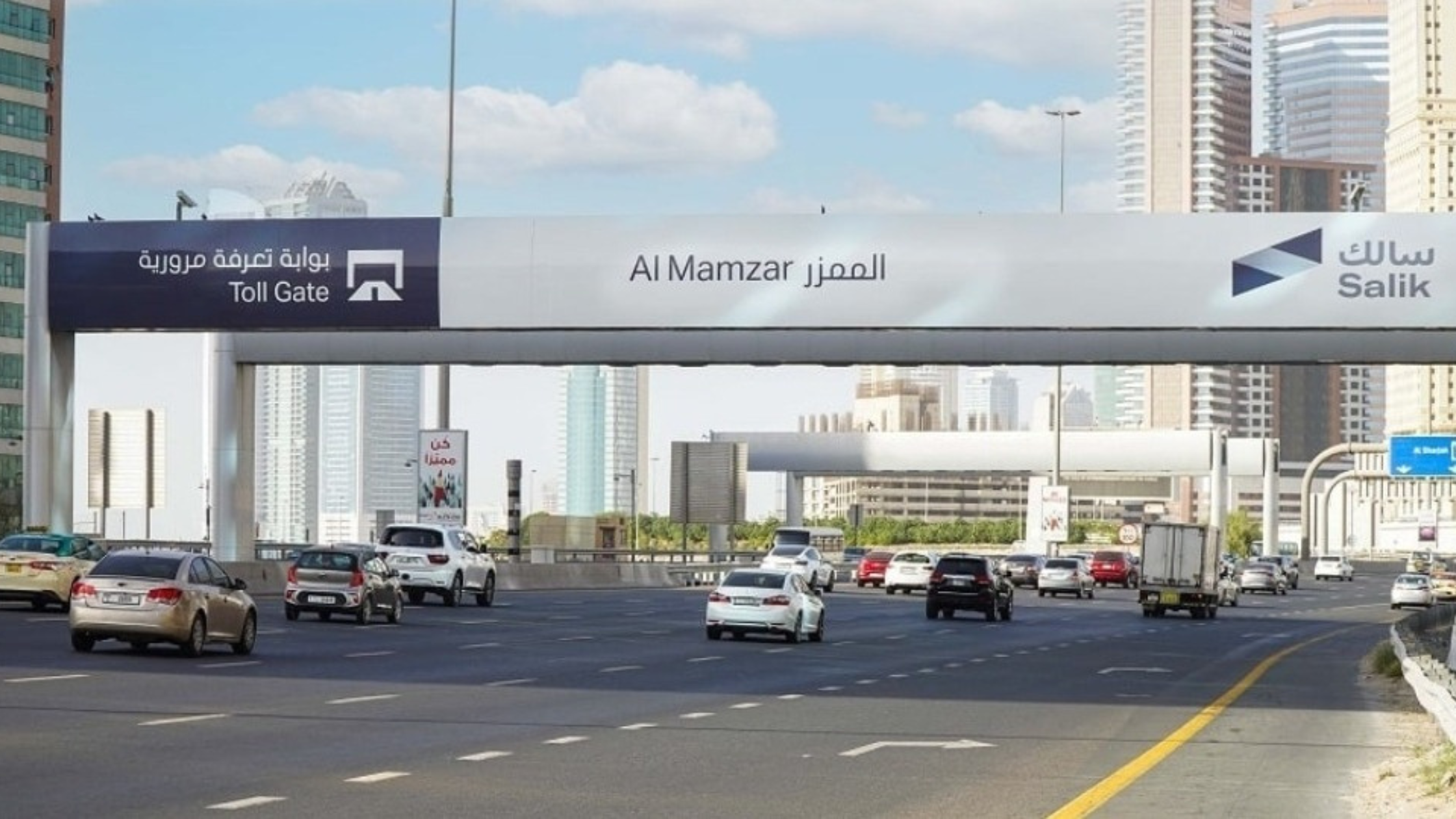The evolving landscape of global economics is increasingly defined by strategic partnerships that transcend borders and cultures. A recent initiative involving the United Arab Emirates (UAE) and the Guangxi Zhuang Autonomous Region of China exemplifies this shift. Both sides are now actively exploring new pathways to expand their economic cooperation across various key industries. This development marks a promising chapter in the ongoing bilateral relations between the UAE and China, highlighting a commitment to deepening partnerships and creating mutually beneficial economic opportunities.
As China continues to champion its Belt and Road Initiative (BRI), regional collaborations such as this one with the UAE, a global business and logistics hub, take on even greater significance. The Guangxi Zhuang Autonomous Region, strategically located in Southern China and known for its dynamic trade networks with Southeast Asia, presents unique prospects for the UAE to strengthen its role in the Asian economic corridor. In return, the UAE offers Guangxi unparalleled access to global markets through its world-class infrastructure, logistics, and financial systems.
Strengthening Bilateral Relations Through Economic Vision
The foundation of this cooperation stems from longstanding diplomatic and economic ties between the UAE and China. These two nations have cultivated a relationship built on mutual respect, trade, and shared development goals. In recent years, both countries have consistently emphasized the importance of strategic economic alignment through joint investment forums, official delegations, and regional trade dialogues.
This new focus on Guangxi represents a strategic diversification of China’s engagement with the Gulf region. While cities like Beijing, Shanghai, and Shenzhen have been at the forefront of China-UAE relations, the inclusion of Guangxi signals a more decentralized and inclusive approach. By integrating second-tier regions with strong economic potential, both nations aim to unlock untapped trade and investment avenues.
The Role of Guangxi in China’s Regional Economic Strategy
Guangxi Zhuang Autonomous Region, positioned near the borders of Vietnam and the South China Sea, is a rising star in China’s regional development agenda. Its capital, Nanning, is emerging as a vital hub for the China-ASEAN Free Trade Area and serves as a key gateway for international commerce.
Guangxi’s economy is underpinned by manufacturing, trade, logistics, and a growing services sector. The region is particularly known for its leadership in areas like electronic information, new energy vehicles, and agricultural technology. Its deep-sea ports and transport infrastructure position it as a logistical bridge between China and the ASEAN region.
The potential for Guangxi to partner with the UAE opens new opportunities in areas such as port cooperation, smart logistics, clean energy, agricultural innovation, and digital trade. These sectors align closely with the UAE’s own national development agenda and its focus on becoming a global leader in sustainable and digital economies.
The UAE’s Strategic Importance in Global Trade Networks
The UAE stands out as a top-tier partner for Guangxi and other Chinese regions due to its central role in the global economy. As one of the world’s most connected countries, the UAE is home to leading seaports, airports, and logistics providers that facilitate trade across Europe, Asia, and Africa.
With free trade zones, investor-friendly regulations, and a robust financial sector, the UAE has created a conducive environment for foreign businesses to establish regional headquarters. Chinese companies, including state-owned enterprises and private firms, have long used the UAE as a base for expansion into the Middle East and North Africa (MENA) markets.
The new engagement with Guangxi will likely enhance the scope of this collaboration. From establishing Guangxi-based corporate offices in the UAE to setting up joint ventures in sectors like logistics tech and food processing, the bilateral framework is poised for an era of high-level cooperation.
Mutual Interests Across Key Economic Sectors
One of the most exciting dimensions of this partnership lies in the convergence of economic interests between the UAE and Guangxi. Both are investing heavily in innovation, sustainability, and regional connectivity. Their collaboration is likely to focus on industries where there is clear alignment in vision and capability.
Infrastructure and transport are among the top priorities. The UAE’s expertise in building smart cities and multimodal transport networks can contribute to Guangxi’s urban development goals. In return, Guangxi’s advances in sustainable construction materials and smart logistics can enrich the UAE’s knowledge base.
Agricultural technology and food security are another common focus. The UAE is a regional leader in agricultural innovation due to its need to address arid climate conditions. Guangxi, rich in agricultural resources and research, can collaborate with UAE institutions to develop sustainable farming techniques, supply chain solutions, and agri-tech startups.
Renewable energy, especially solar and wind, offers another frontier. As both regions aim to reduce their carbon footprint and invest in green technologies, there is ample room for joint projects, research, and infrastructure development that align with global climate commitments.
Technology and Innovation as Catalysts for Growth
The digital economy represents a key axis of future collaboration between Guangxi and the UAE. Both are placing heavy emphasis on technological innovation, smart infrastructure, and digital finance as part of their broader economic transformation plans.
Guangxi’s recent advancements in AI, big data, and 5G infrastructure complement the UAE’s focus on emerging tech through initiatives like Dubai Future Foundation and Abu Dhabi’s Hub71. A strategic partnership could lead to the creation of bilateral innovation zones, where startups and tech companies from both regions collaborate, exchange talent, and co-develop solutions.
Additionally, e-commerce is a rising force in both regions. The UAE’s status as a logistics and distribution center can facilitate the growth of Chinese e-commerce platforms targeting Middle Eastern consumers. Guangxi, in turn, can provide digital infrastructure and product sourcing capabilities to support UAE-based platforms expanding into Asia.
People-to-People Connections and Cultural Exchange
While economic cooperation forms the core of the engagement, both sides are also emphasizing the importance of people-to-people connections. Diplomatic initiatives, educational exchanges, and cultural programs are being explored as part of a holistic approach to bilateral relations.
Academic institutions in the UAE and Guangxi may partner to establish exchange programs focused on technology, business, and language studies. These programs aim to prepare the next generation of leaders with a cross-cultural understanding of the economic landscapes in both regions.
Cultural collaboration through festivals, art exhibits, and tourism campaigns is another aspect under consideration. Both parties recognize that long-term cooperation depends not only on economic alignment but also on the building of mutual trust and shared values among their populations.
Institutional Support and Policy Frameworks
To facilitate this growing relationship, both governments are actively creating policy frameworks that encourage investment, ease of business, and knowledge exchange. This includes establishing bilateral economic committees, signing memorandums of understanding (MoUs), and holding regular trade and investment forums.
Guangxi’s local authorities have already expressed interest in organizing trade delegations to the UAE, with the aim of identifying local partners and setting up regional offices. The UAE, for its part, is encouraging its chambers of commerce and investment agencies to explore opportunities in Guangxi’s special economic zones.
These institutional structures will be crucial in ensuring that the cooperation is not limited to symbolic gestures but translates into tangible business outcomes. With the involvement of both public and private sectors, the partnership is expected to yield long-term dividends for stakeholders in both regions.
Navigating the Global Economic Landscape Together
The timing of this collaboration is critical. The global economy is undergoing a major transformation marked by technological disruption, shifting trade routes, and evolving consumer preferences. Both the UAE and Guangxi are positioning themselves to remain resilient and competitive in this new era.
By leveraging each other’s strengths—Guangxi’s role in the ASEAN trade network and the UAE’s status as a global logistics and finance hub—the two regions are aligning themselves with future economic trends. This partnership is not merely bilateral but a strategic platform for engaging broader markets in Asia, the Middle East, and Africa.
As the relationship evolves, new sectors of cooperation are likely to emerge. From fintech and green hydrogen to smart manufacturing and healthcare innovation, the potential for synergy is vast. Business leaders, entrepreneurs, policymakers, and investors from both sides are increasingly viewing this partnership as a new engine for economic growth and global integration.









1 Comment
[…] China’s technological advancements have become a global talking point, and among the most groundbreaking developments is the integration of artificial intelligence-powered robots into the medical field. While robots have long been present in industrial manufacturing and logistics, their entry into the domain of complex surgeries marks a major shift in healthcare. In hospitals across the country, these robotic systems are now being trusted with life-saving procedures, enhancing precision, reducing human error, and significantly improving recovery times. […]
Comments are closed.